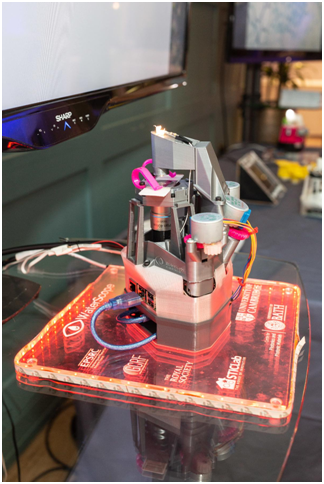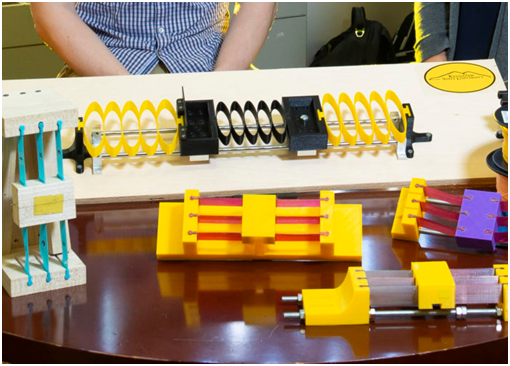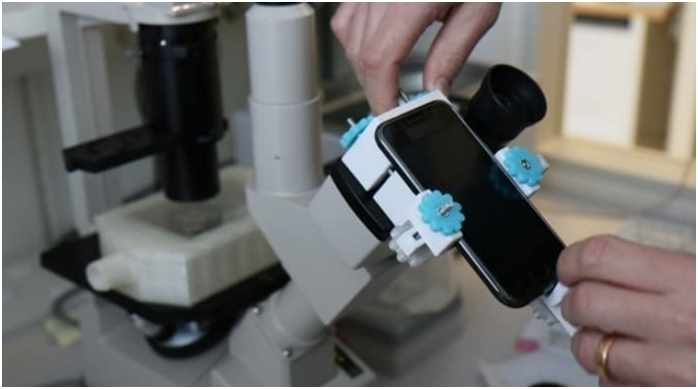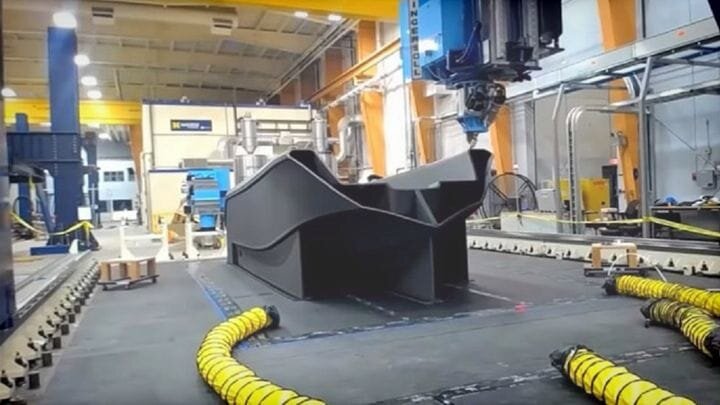
Charles R. Goulding and Andressa Bonafe examine the impact of 3D printing for lab equipment in scientific research.
Advancements in 3D printing technology have made additive manufacturing an affordable and time-saving alternative for the production of laboratory equipment. A recent study pointed out that 3D printed plastics represent viable materials for chemically resistant labware, costing less than 10% of the price of purchased tools. Self-made, precisely tailored equipment can be invaluable assets in expediting scientific discoveries and ensuring the financial viability of biotechnology operations. R&D tax credits are available for innovative companies applying 3D printing technology to the production of laboratory equipment.
The Research & Development Tax Credit
Enacted in 1981, the federal Research and Development (R&D) Tax Credit allows a credit of up to 13 percent of eligible spending for new and improved products and processes. Qualified research must meet the following four criteria:
-
New or improved products, processes, or software
-
Technological in nature
-
Elimination of uncertainty
-
Process of experimentation
Eligible costs include employee wages, cost of supplies, cost of testing, contract research expenses, and costs associated with developing a patent. On December 18, 2015 President Obama signed the bill making the R&D Tax Credit permanent. Beginning in 2016, the R&D credit can be used to offset Alternative Minimum Tax and startup businesses can utilize the credit against $250,000 per year in payroll taxes.
3D Printers in the Laboratory
Additive manufacturing has become an important asset to scientists in a variety of ways. The ability to quickly produce custom lab equipment at low costs is perhaps the most important of them. Bespoke equipment can be tailor-made to meet the need of specific experiments. Additionally, low costs of production and material allow them to be treated as consumables and disposed of after use. This reduces the time and resources dedicated to rigorous cleaning processes necessary when dealing with reusable equipment.
There is a wide range of laboratory equipment that can be 3D printed as well as a variety of materials that can be utilized, including a vast array of plastics as well as stainless steel, copper, ceramics, etc. From simple items, such as beakers, cylinders, and test tubes, to more sophisticated equipment, including custom condensers, pumps, pulleys, and centrifuges, additive manufacturing has become an affordable and timely alternative. A recent study has confirmed the suitability of 3D printed devices for use in cleanrooms, addressing concerns of chemical incompatibility and particle generation.
In 2018, DWK Life Sciences unveiled its first metal 3D printed product. Part of the Duran brand, the manufacturer of premium lab equipment has a reputation for creating innovative glass labware products. The Rockwood, Tennessee-based company developed a fully functional 4-port GL 45 bottle connector cap with 3D printing in medical grade 316L stainless steel. The caps had been traditionally made using machining and welding processes and weighed 150 grams. The new component has a third of the weight and is produced in a fraction of the time of the welded one.

Democratization of Labware
3D printing can also enhance the functionality of existing equipment and enhance accessibility to scientific tools.
Researchers at Uppsala University used a smartphone and custom-designed 3D printed parts to transform an ordinary microscope into a high-quality live imaging module for live cell monitoring (see image at top of article). Costs of image devices can be prohibitively high but, as stated by Johan Kreuger, Senior Lecturer at the Department of Medical Cell Biology, Uppsala University, “3D printing has the potential to give researchers with limited funding access to research methods that were previously too expensive.”
On-site production of equipment and equipment parts can also allow for scientific advancements to reach remote areas of the world. Ongoing initiatives include printing microscopes in the field and utilizing them for the diagnosis of malaria as well as for testing water quality.

Numerous open-source platforms further expand accessibility to labware by offering 3D models that can be printed even without extensive technical skills. There have also been significant contributions to education, including the development of low-cost, take-home lab kits for a deeper and more personalized student experience.

Conclusion
A multiplication of STEM-related initiatives has fueled an increase in demand for laboratory equipment. Previously expensive tools can now be made at lower costs and in a reduced timeframe using additive manufacturing techniques. Furthermore, access to scientific hardware has been considerably expanded due to the possibility of on-site production as well as the multiplication of open-source platforms. R&D tax credits are available to support companies engaged in the advancement of 3D printing of laboratory equipment.











Researchers are now able to procure incredibly powerful 3D printing equipment at lower costs to enable work that was previously impossible.